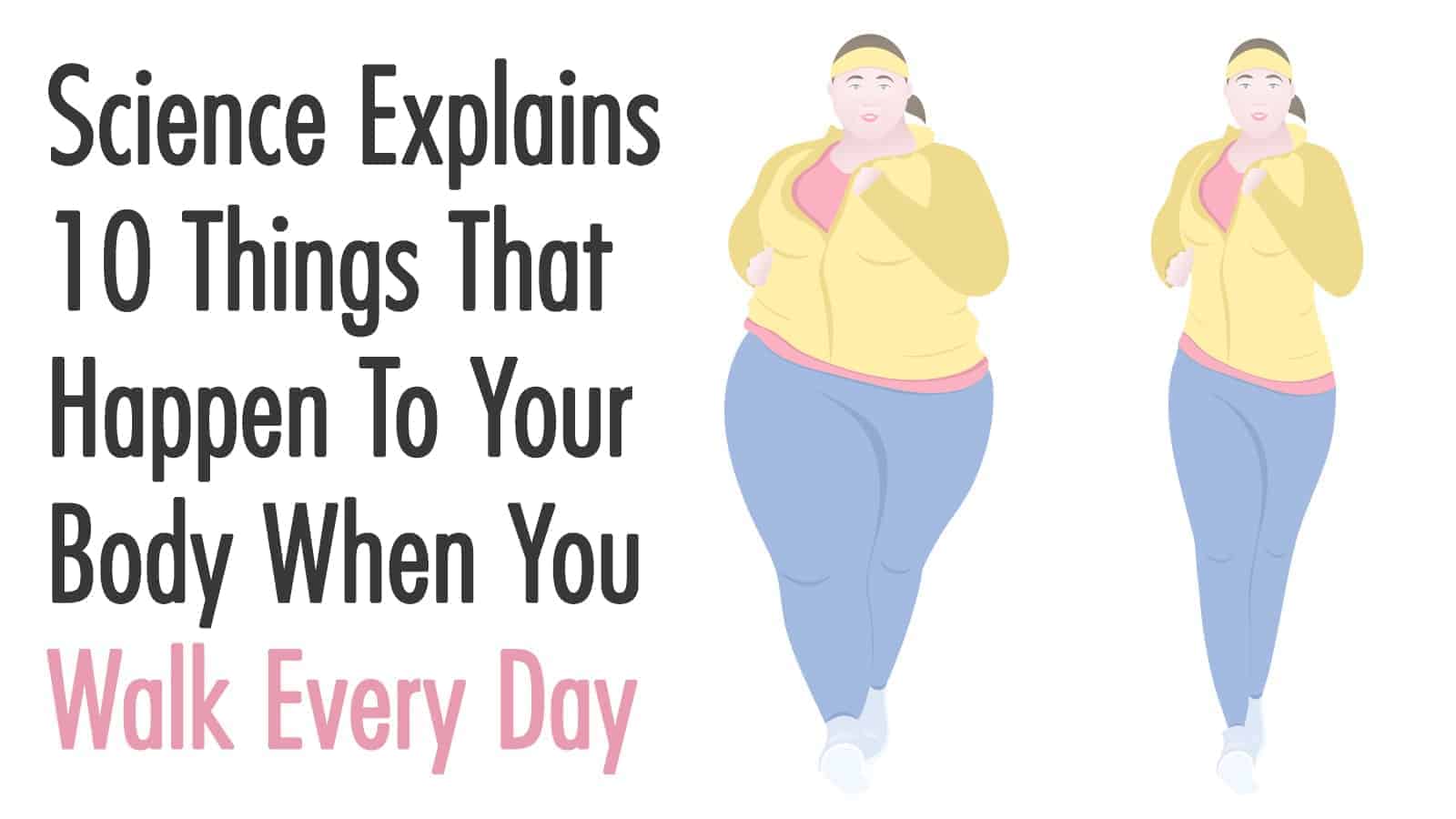Experts warn that some 42 percent of American Adults are deficient in vitamin D. This percentage is considerably higher for Hispanics and African-Americans at 69 and 82 percent, respectively.(1)
Vitamin D deficiency traditionally revealed rickets, a skeletal disorder characterized by fragile bones, delayed or stunted growth, and deformities. Accumulating scientific research provides some evidence that a shortage of this vitamin increases the risk of numerous health conditions, including cardiovascular disease and cancer.
Functions of Vitamin D
It’s unique in that it is classified as – and functions like – a hormone. To be more exact, it’s is a prohormone. That’s because the substance converts to a hormone within the body. Chemical alterations to it take place within the kidneys, which release it as a hormone.
Vitamin D serves many important roles within the body, including that of controlling blood calcium levels. It also assists with calcium absorption and utilization. The calcium mineralization of bones, for instance, helps create and maintain healthy and strong bones.
This vitamin also blocks the release of the parathyroid hormone. This action is critical to bone health, as the parathyroid hormone soaks up bone tissue and increases the risk of brittle and thin bones.
It may also protect against infections and illnesses by bolstering the immune system. Additionally, some research suggests that this vitamin may:
- Lower the risk of breast, colon, and prostate cancer
- Prevent and treat diabetes, hypertension, heart disease, and multiple sclerosis
- Decrease the risk of neuro-degenerative diseases, including Alzheimer’s disease, neuromyelitis optica spectrum disorders (NMOSD), and Parkinson’s disease. (2)
How do we get Vitamin D?
Our body’s primary source of vitamin D is sunlight. After (even brief) exposure to the sun, the skin begins producing it. We’ll discuss a bit more about the importance of sunlight exposure and correcting any deficiency later.
We also get the vitamin from food and supplements, which is absorbed by the intestines and transferred to the liver. The liver converts the blood supply of vitamin D into a form that can be freely circulated throughout the body. The kidneys, meanwhile, convert the vitamin supplied to it into calcitriol – a biologically-active form of “D.”
Proper vitamin D synthesis is critical to calcium absorption and reabsorption, which occur in the small intestine and kidneys, respectively. As such, the body needs a healthy supply of biologically-available forms of vitamin D. That’s because they help the body rebuild bone tissue.
Risk Factors
The risk factors of having a deficiency are classified into modifiable and non-modifiable (fixed) risk factors. Some known modifiable factors that increase the risk of developing vitamin D deficiency:
- Body weight and composition
- Improper sunscreen use
- Calcium intake
- Sedentary lifestyle
Non-modifiable risk factors include:
- Non-white ethnicity (blacks and Latinos are at a much higher risk, as mentioned)
- Older age
- Being female
- Diagnosis of inflammatory bowel disease or cystic fibrosis (possibly chronic kidney disease)
Researchers state that living in high-latitude, low-altitude areas also increases the likelihood of vitamin D deficiency as these parts of the globe are further from the sun.
Hidden Reasons of Vitamin D Deficiency
Besides non-modifiable factors, there is no legit reason for someone to have a “D” deficiency. It is probable that most people lacking in this vitamin are merely unaware of the problem. Most importantly, they may simply remain oblivious to the benefits of the vitamin. Contributing to the problem is the way vitamin D deficiency can “sneak up” on someone. On this note, here are ten hidden causes of vitamin D deficiency:
1. Lack of sunlight
FIrst of all, the sun is our primary source of vitamin D. Not getting enough of it is the leading cause of vitamin D deficiency. We need sunlight for healthy skin and a good metabolism. Despite the misinformation, proper application of sunscreen does not impair the skin’s ability to manufacture vitamin D. On the contrary; a good sunscreen can go a long way in preventing skin cancer.
2. Getting older
As we get older, the body loses some of its natural ability to synthesize vitamin D (not to mention other nutrients). Some older adults, for various reasons, spend more time indoors. As a result, they may not get enough sunlight to re-supply the body’s reserves of vitamin D. For these reasons, the elderly often need supplements.
3. Darker skin
As noted, Latinos and African-Americans are disproportionately affected by vitamin D deficiency. The reason for this is having a darker complexion. The chemical melanin, concentrated in upper layers of the skin, interferes with vitamin D synthesis when present in high amounts. Melanin is also responsible for the skin’s pigment, or color. Consequently, a deficiency is more widespread among the Latino and African-American demographics.
4. Kidney disorder
Consider this: only about one in ten people with a kidney condition are aware of it. Disorders of the kidney, including kidney disease, can create numerous health issues. One of these is a shortage of the vitamin. Furthermore, the liver produces proteins called fibroblast growth factor as the disease progresses. Thus, the reaction inhibits the body’s metabolism of vitamin D. For this reason, an individual who has problems with their kidneys should be more aware of the importance of getting enough of this vitamin.
5. Celiac disease
Celiac disease is characterized by an immune reaction to gluten, a type of protein in barley, rye, and wheat. Digestive complications brought about by celiac disease make it difficult to absorb enough nutrients, including the “D” vitamin. As with other illnesses listed here, celiac disease may serve as a double whammy because sufferers are more likely to stay indoors. Furthermore, an estimated 70 percent of those with the disease remain deficient in vitamin D.
6. Cystic fibrosis
Cystic fibrosis, a progressive genetic disease, leads to lung infections and difficulty breathing. Besides damaging the lungs, cystic fibrosis may also cause gut problems. Whenever the gut is affected, complications may arise in the proper absorption of fat. This, in turn, disrupts absorption of fat-soluble nutrients such as vitamin D.
7. Crohn’s disease
Crohn’s, an inflammatory bowel disease (IBD), may also interfere with vitamin D function. Intestinal inflammation hinders the absorption of vitamin D. Ulcerative colitis, which damages the colon or large intestine, is another IBD condition that may lead to a deficit of this vitamin.
8. Obesity
Fat doesn’t interfere with the body’s ability to manufacture or absorb vitamin D. Instead, excess fat in cells “sucks up” too much vitamin D. Therefore, this reduces the amount of vitamin D available for circulation to other areas of the body. Obesity is defined as having a body mass index (BMI) of over 30.
9. Gastric-bypass surgery
Gastric bypass surgery, a modern way of treating obesity, can complicate the function of the vitamin. That’s because the procedure removes a large part of the intestine. In turn, the process can impact the amount of “D” that the body absorbs.
10. Whipple’s disease
Whipple’s disease is an intestinal infection so named for the bacteria causing it – Tropheryma whipplei. This disease negatively affects the body’s ability to break down food components, such as carbohydrates, fats, and proteins. It also blocks the intestinal openings that take in nutrients. Therefore, it interferes with the absorption. Fortunately, the condition is quite rare.
Diagnosis and Treatment for Vitamin D Deficiency
People most often find they’re deficient in vitamin D via a blood test. The “normal” range is defined as 30 ng/mL. Anywhere from 20 to 30 ng/mL is considered “insufficient,” and less than 20 ng/mL is diagnosed as a deficiency. Treatment usually involves getting more of the vitamin through supplements or food (see below.)
Final Thoughts: Sources of Vitamin D
Individuals who are outside in the sun for between 10 to 30 minutes a day, several times per week, generally need not worry about a deficiency. The one exception to this rule can be found in people who live in parts of the globe where the sun likes to disappear for long stretches of time, or where the sun is far away.
If you have a skin condition that prevents you from acquiring enough sunlight, speak with your doctor about supplements. Food sources of “D” include:
- Fortified dairy products
- Fortified grains
- Egg yolks
- Fresh fish
- Fish liver oils
The Institute of Medicine lists a recommended dietary allowance (RDA) of vitamin D as 600 international units (IU) for people aged 1 to 70. However, this amount increases to 800 IU in adults over the age of 70. Thus, most people can safely intake this amount. However, the “upper limit” (in medical parlance) is 4,000 IU per day. Some doctors may temporarily recommend over 4,000 IU for those with a deficiency.





















